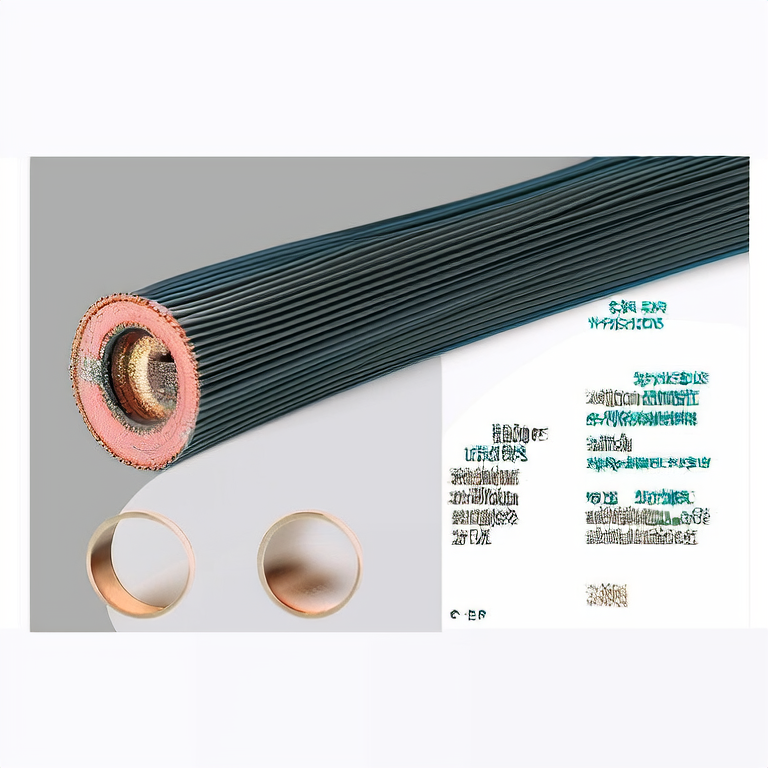+86 186 2902 8721
+86 156 1293 3210
+86 186 2902 8721
+86 156 1293 3210





November 14, 2025
Share:
In today\'s fast-paced electrical landscape, low voltage power cables play a crucial role. Vendors and contractors frequently encounter challenges when selecting the right Low Voltage Power Cable supplier. Whether it\'s for residential projects, commercial spaces, or industrial applications, understanding the characteristics of low voltage cables can prevent costly mistakes and ensure safety and efficiency. In fact, over 40% of installations falter due to improper cable selection, leading companies to seek more reliable solutions. This guide provides a thorough examination of the significance, applications, and advantages of low voltage power cables, especially focusing on the differences between 14/2 and 16/2 low voltage wire.

Low voltage power cables are designed to operate at voltages typically below 1,000 volts. These cables can manage lower power loads and are extensively used in various applications. The term "low voltage" denotes a range of voltages, generally between 50 volts to 1,000 volts (as defined by the International Electrotechnical Commission).
Two common types of low voltage cables include 14/2 and 16/2 cables. The numbers indicate the gauge of the wire and the number of conductors within the cable. A 14/2 cable contains a thicker wire that can handle up to 15 amps, while a 16/2 cable is thinner and rated for up to 10 amps. Understanding these specifications is essential as they directly impact the cable\'s performance in specific scenarios.
Low voltage power cables are invaluable in a variety of fields. Here are some scenarios where they are commonly used:
Outdoor Lighting: Many residential areas use low voltage systems for landscape lighting. In this context, a 14/2 wire might be used for longer distances to reduce voltage drop, while 16/2 could be perfect for shorter runs.
Low Voltage Irrigation Systems: Agricultural applications leverage 14/2 cables to power irrigation systems, ensuring consistent water delivery to crops.
HVAC Systems: In commercial buildings, low voltage cables connect thermostats and other control systems, allowing for efficient temperature regulation.
Security Systems: Many security cameras and alarm systems operate on low voltage, making these cables crucial for ensuring reliable surveillance.
The importance of low voltage power cables cannot be overstated. Here are some key advantages they offer:
Safety: Low voltage cables carry significantly less risk of electric shock, making them ideal for residential environments.
Cost-Effectiveness: Installing low voltage systems can be cheaper as they typically require less material and labor. In fact, projects that utilize low voltage solutions can save up to 20% on installation costs compared to high voltage systems.
Flexibility in Installation: Low voltage cables can be routed easily around obstacles, providing designers and installers with greater options in layout and design.
Energy Efficiency: Many low voltage systems, including LED lighting, result in less energy consumption, contributing to lower utility bills. Devices powered by low voltage cables can lead to savings of up to 65% in energy costs over standard lighting systems.
To fully reap the benefits of low voltage power cables, users are encouraged to consult the user manual provided with the cables purchased. Understanding the specifications, installation guidelines, and safety measures outlined in the manual will ensure optimal use of the cable\'s capabilities.
Q1: What is the difference between 14/2 and 16/2 low voltage wire?
A1: The major difference lies in the wire gauge and amperage. 14/2 cables can handle up to 15 amps, whereas 16/2 cables are only rated for 10 amps. This makes 14/2 more suitable for applications requiring higher power.
Q2: Can I use 16/2 cable for outdoor lighting?
A2: Yes, but ensure the total load does not exceed the cable\'s rating. For longer distances, 14/2 is typically recommended to minimize voltage drop.
Q3: Are low voltage systems safe for home use?
A3: Yes! Low voltage systems are designed to minimize the risk of shock and are generally safer for residential applications compared to standard high voltage systems.
To further understand the applications of low voltage power cables or try out a product, check out Qinfong for reliable supply options tailored to your specific needs.
In conclusion, low voltage power cables are essential for various applications, offering significant safety, efficiency, and cost benefits. Understanding the distinctions between types, such as 14/2 and 16/2 cables, is crucial to making informed decision-making in your sourcing process. Ensuring proper installation and adherence to guidelines will aid in realizing the full potential of these indispensable tools in electrical work.
Rencent News
What is the difference between 14 2 and 16 2 low voltage wire?
November 14, 2025
Is there a difference between low voltage wire and regular wire?
November 14, 2025
What type of cable should Iuse for outdoor lighting?
September 18, 2025
Contact Us
Customization
Our team is composed of experienced experts who are eager to help you find the right solution for your business.

Please specify product categories and specifications

Annual output of customized products: 8000 tons/year

Please specify the voltage: 0.3-35KV

Produce as per CE, UL, RoHS, IEC, etc.

Produce as per customers’ samples